Pythagorean Theorem Application Worksheets
If you're a math teacher or a parent looking to improve your students' understanding of the Pythagorean Theorem, we've got just the resource for you. These Pythagorean Theorem application worksheets provide students with real-world scenarios where they can apply this fundamental theorem of geometry. Designed to engage and challenge students, these worksheets make learning fun and practical.
Table of Images 👆
More Other Worksheets
Kindergarten Worksheet My RoomSpanish Verb Worksheets
Cooking Vocabulary Worksheet
DNA Code Worksheet
Meiosis Worksheet Answer Key
Art Handouts and Worksheets
7 Elements of Art Worksheets
All Amendment Worksheet
Symmetry Art Worksheets
Daily Meal Planning Worksheet
What is the Pythagorean Theorem?
The Pythagorean Theorem states that in a right-angled triangle, the square of the length of the hypotenuse (the side opposite the right angle) is equal to the sum of the squares of the lengths of the other two sides. It can be written as a^2 + b^2 = c^2, where c represents the length of the hypotenuse, and a and b are the lengths of the other two sides.
How is the Pythagorean Theorem applied in solving right triangles?
The Pythagorean Theorem is used to find the length of the sides of a right triangle. It states that the square of the length of the hypotenuse is equal to the sum of the squares of the other two sides. By applying this theorem, we can calculate the length of any side of a right triangle when we know the lengths of the other two sides. This is a fundamental concept in geometry and is widely used in various fields such as engineering, architecture, and physics for solving problems involving right triangles.
What are some real-life applications of the Pythagorean Theorem?
The Pythagorean Theorem is frequently used in various real-life applications such as architecture for designing buildings and structures, in construction for ensuring accuracy in measurements and angles, in navigation for calculating distances between two points, in engineering for designing structures like bridges and tunnels, in sports for determining the distance between goals or bases, and in physics for calculating forces and velocities in vector analysis.
How can the Pythagorean Theorem be used in construction and architecture?
The Pythagorean Theorem is commonly used in construction and architecture for a variety of purposes such as determining right angles, calculating lengths and distances, and ensuring the structural integrity of buildings. It is especially helpful in measuring and confirming the accuracy of angles and ensuring that buildings are constructed with precision and stability. Additionally, the theorem is used in the design of staircases, roofs, and other architectural elements that require precise mathematical calculations to ensure proper proportions and alignment.
How does the Pythagorean Theorem help in calculating distances?
The Pythagorean Theorem is a fundamental concept in geometry that helps in calculating distances by providing a formula to find the length of the hypotenuse of a right triangle when the lengths of the two other sides are known. By applying the theorem, one can determine the straight-line distance between two points in a two-dimensional space. This is particularly useful in various fields such as mathematics, physics, engineering, and navigation, where accurate distance calculations are necessary for solving problems and making measurements.
How can the Pythagorean Theorem be applied in navigation and mapping?
The Pythagorean Theorem can be applied in navigation and mapping through calculating distances between points on a map. By using the theorem, one can determine the direct distance between two points by measuring the horizontal and vertical components, then applying the formula a^2 + b^2 = c^2 to find the hypotenuse, which represents the straight-line distance between the two points. This can be useful for determining the most efficient route between locations or for creating accurate maps that adhere to scale and dimensions.
Can the Pythagorean Theorem be used in analyzing sports performance and statistics?
Yes, the Pythagorean Theorem can be used in analyzing sports performance and statistics, particularly in predicting a team's win-loss record based on their points scored and points allowed. By using this theorem, analysts can assess a team's efficiency and effectiveness in scoring and preventing points, providing insights into their overall performance and potential success in a given season.
How is the Pythagorean Theorem used in computer graphics and modeling?
The Pythagorean Theorem is used in computer graphics and modeling to calculate distances, determine sizes and proportions, and create shapes and transformations in 2D and 3D objects. Specifically, it helps in determining the distance between two points, finding the length of a diagonal in a rectangle or square, and determining the magnitude of a vector. By using the Pythagorean Theorem, designers and programmers can accurately position objects, create realistic perspectives, and ensure accurate rendering in computer graphics and modeling applications.
How does the Pythagorean Theorem help in determining the length of diagonals?
The Pythagorean Theorem can be used to determine the length of diagonals in a geometric shape, such as a rectangle or a square, by using the formula a^2 + b^2 = c^2, where 'a' and 'b' are the lengths of the two sides meeting at a right angle, and 'c' is the length of the diagonal. By rearranging the formula to solve for 'c', we can find the length of the diagonal accurately.
Can the Pythagorean Theorem be used to find the distance between two points in a coordinate plane?
Yes, the Pythagorean Theorem can be used to find the distance between two points in a coordinate plane. By treating the difference in x-coordinates and y-coordinates of the points as the legs of a right triangle, the distance between the two points can be calculated using the formula d = ?(?x² + ?y²), where d is the distance and ?x and ?y are the differences in the x and y coordinates respectively.
Have something to share?
Who is Worksheeto?
At Worksheeto, we are committed to delivering an extensive and varied portfolio of superior quality worksheets, designed to address the educational demands of students, educators, and parents.

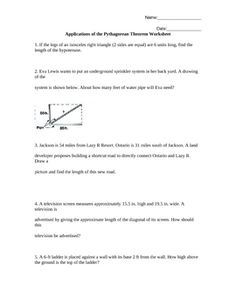



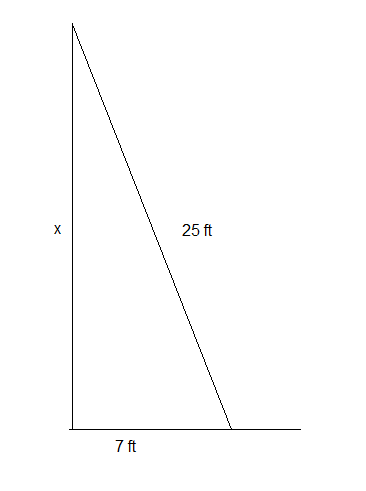
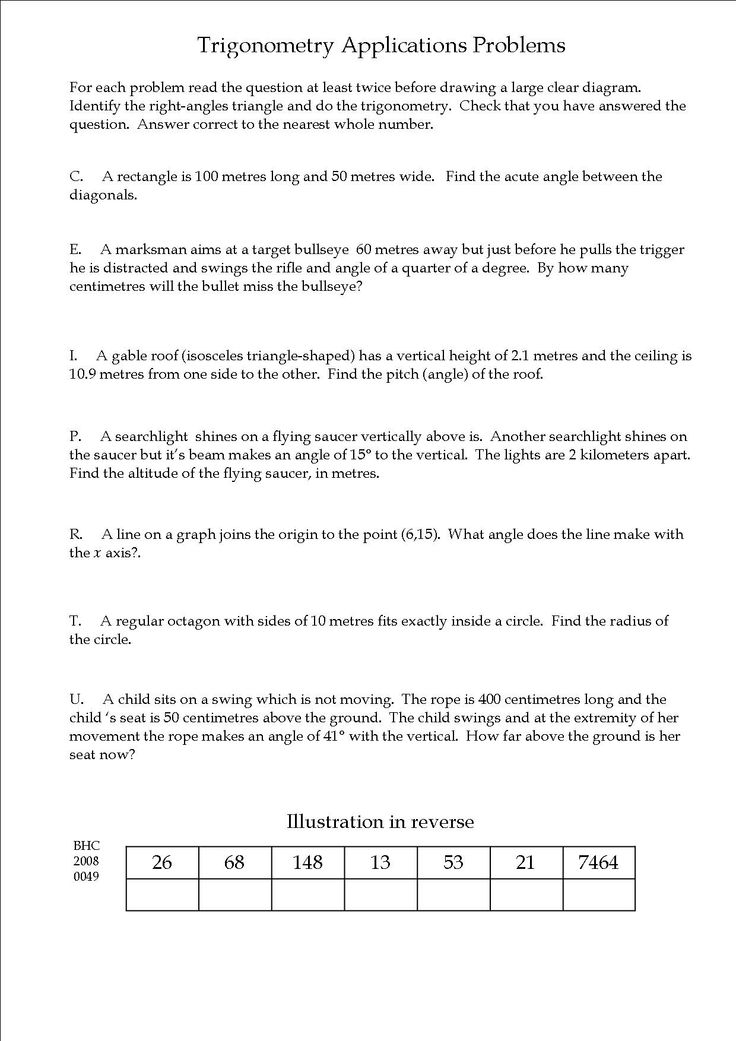
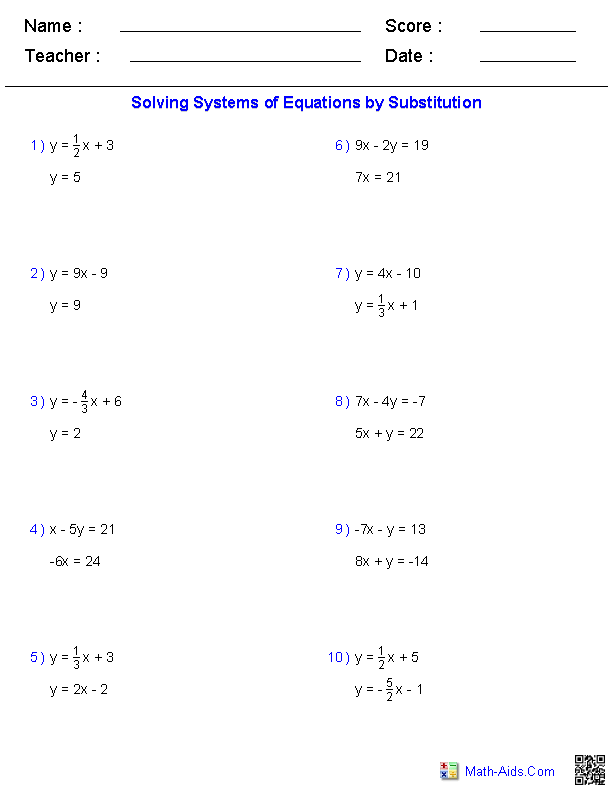
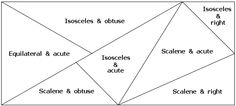
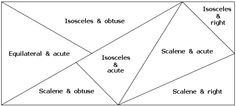

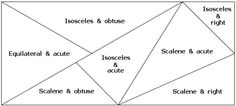
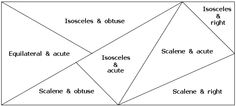
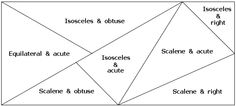
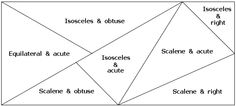
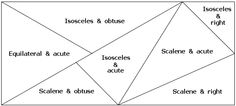
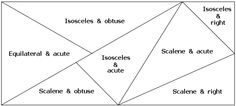
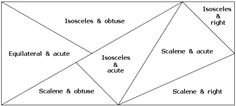
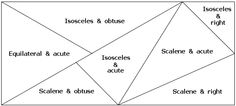














Comments